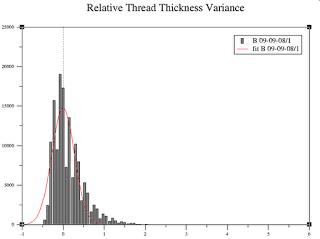I have not yet finished with the planning for the wheel - I know which wood I will use, I have most of the dimensions figured out, so there's details and unsolved questions left - like "how much tension will my drive band need, and do I have to build in something acting as a brace or stabiliser for the main upright".
Also, there's the question of how I am going to procure the strip of wood necessary for the wheel rim. In contrast to winding wheels or modern treadled wheels, the Great Wheel has a slim but wide, lightweight strip of wood serving as the rim. Which I can either cut out or plane out of a board with normal thickness, or try to buy, saving me the work. So next step in line: find out if there is somewhere near me where I can buy it, at an affordable price and with measurements matching my requirements (and then figure out whether the whole strip, uncut and not yet bent, will fit into the car).
Also, there's the question of how I am going to procure the strip of wood necessary for the wheel rim. In contrast to winding wheels or modern treadled wheels, the Great Wheel has a slim but wide, lightweight strip of wood serving as the rim. Which I can either cut out or plane out of a board with normal thickness, or try to buy, saving me the work. So next step in line: find out if there is somewhere near me where I can buy it, at an affordable price and with measurements matching my requirements (and then figure out whether the whole strip, uncut and not yet bent, will fit into the car).





